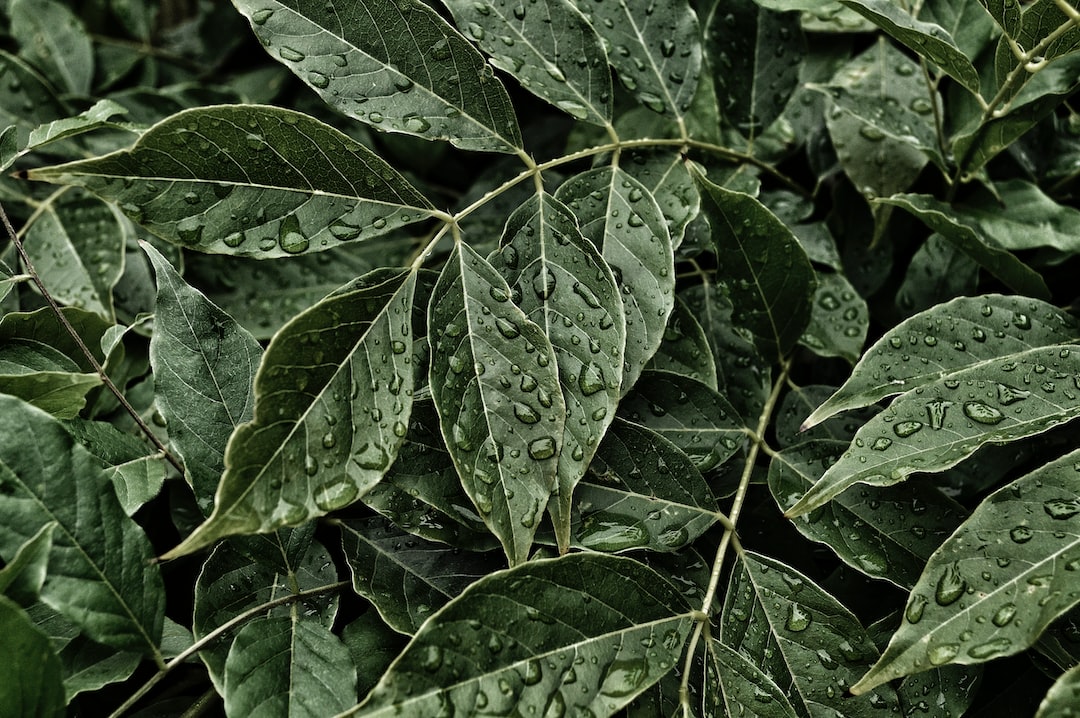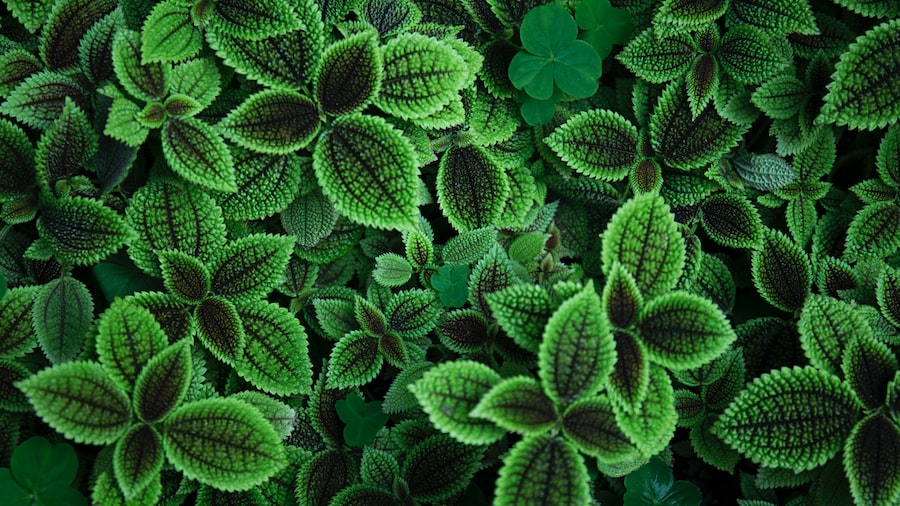Reviving Your Dying Plants: Tips and Tricks to Bring Them Back to Life

Keeping plants healthy is essential for their growth and overall well-being. Whether you have a small indoor garden or a large outdoor landscape, understanding how to care for your plants is crucial to ensure their longevity and beauty. In this article, we will explore the signs of a dying plant, the common reasons for plant decline, and provide tips on how to properly water, provide sunlight, choose the right soil and fertilizers, prune and propagate, identify and treat pests, manage temperature fluctuations, revive specific plant types, and prevent future plant decline.
Key Takeaways
- Signs of a dying plant include yellowing leaves, wilting, and stunted growth.
- Common reasons for plant decline include overwatering, underwatering, poor soil quality, and lack of sunlight.
- Proper watering techniques involve checking soil moisture levels and watering deeply but infrequently.
- Finding the right amount of sunlight for your plants involves understanding their specific light requirements and adjusting their placement accordingly.
- Choosing the right soil and fertilizers for your plants involves considering their specific nutrient needs and soil preferences.
Identifying the Signs of a Dying Plant: How to Spot the Warning Signals
One of the first signs of a dying plant is wilting leaves. When a plant lacks water or nutrients, its leaves will start to droop and lose their turgidity. Another common sign is yellowing leaves. This can be caused by nutrient deficiencies or overwatering. Brown spots on leaves can indicate fungal or bacterial infections. Drooping stems are often a result of overwatering or lack of sunlight. Stunted growth can be caused by various factors such as poor soil quality or lack of nutrients.
Understanding the Root Cause: Common Reasons for Plant Decline
Overwatering is a common reason for plant decline. When plants are watered too frequently or with excessive amounts of water, their roots can become waterlogged and suffocate. On the other hand, underwatering can also lead to plant decline as it deprives the plants of essential moisture and nutrients. Lack of sunlight is another common cause of plant decline. Plants need sunlight to perform photosynthesis and produce energy. Poor soil quality can hinder the growth of plants as it may lack essential nutrients or have an improper pH balance. Pest infestation can also cause plant decline as pests feed on the plants’ leaves or roots, weakening them. Temperature fluctuations can stress plants and make them more susceptible to diseases and pests.
Watering Woes: How to Properly Water Your Plants to Keep Them Thriving
| Plant Type | Watering Frequency | Watering Amount | Best Time to Water |
|---|---|---|---|
| Succulents and Cacti | Once a week | Sparingly, until soil is moist | Morning or early afternoon |
| Herbs | Every 2-3 days | Until soil is moist, but not waterlogged | Morning or early afternoon |
| Vegetables | Every 1-2 days | Until soil is moist, but not waterlogged | Morning or early afternoon |
| Indoor Plants | Once a week | Until soil is moist, but not waterlogged | Morning or early afternoon |
The frequency of watering depends on the type of plant and its specific needs. Some plants require more frequent watering, while others prefer drier conditions. It is important to research the watering requirements of each plant and adjust accordingly. The amount of water needed also varies depending on factors such as the size of the plant, the type of soil, and the weather conditions. It is important to water thoroughly, ensuring that the water reaches the roots. Watering techniques such as using a watering can or a drip irrigation system can help deliver water directly to the roots. Proper drainage is crucial to prevent water from pooling around the roots and causing root rot.
Sunlight Solutions: Finding the Right Amount of Light for Your Plants
Different plants have different light requirements. Some plants thrive in direct sunlight, while others prefer indirect or filtered light. Understanding the types of light and their effects on plants can help you position your plants for optimal sunlight exposure. Full sun refers to direct sunlight for at least six hours a day, while partial sun or shade refers to filtered or indirect sunlight. It is important to research the light requirements of each plant and place them accordingly in your garden or home.
Soil Secrets: Tips for Choosing the Right Soil and Fertilizers for Your Plants

Choosing the right soil is essential for plant health. There are different types of soil, including sandy soil, clay soil, loamy soil, and peat soil. Each type has its own characteristics and drainage properties. It is important to choose a soil type that suits your plants’ needs. Additionally, providing your plants with the right nutrients is crucial for their growth and development. Different plants have different nutrient requirements, so it is important to choose fertilizers that are specifically formulated for your plants’ needs. Fertilizer application techniques such as top-dressing, side-dressing, and foliar feeding can help deliver nutrients to the plants effectively.
Pruning and Propagation: Techniques for Trimming and Reproducing Your Plants
Pruning is an important maintenance task that helps promote healthy growth and shape plants. It involves removing dead or diseased branches, shaping the plant, and encouraging new growth. Different plants require different pruning techniques, so it is important to research the specific needs of each plant. Propagation is the process of reproducing plants from cuttings or seeds. It is a great way to expand your garden or share plants with others. There are different propagation methods such as stem cuttings, leaf cuttings, division, and seed propagation.
Pest Problems: How to Identify and Treat Common Plant Pests
Common plant pests include aphids, mealybugs, spider mites, whiteflies, and scale insects. These pests can cause damage to plants by feeding on their leaves or roots. Signs of pest infestation include yellowing leaves, distorted growth, sticky residue on leaves, and visible pests on the plant. Natural pest control methods such as introducing beneficial insects or using organic sprays can help manage pest infestations. Chemical pest control methods should be used as a last resort and with caution.
Temperature Troubles: Managing Temperature Fluctuations to Keep Your Plants Healthy
Different plants have different temperature requirements. Some plants thrive in warm temperatures, while others prefer cooler conditions. It is important to research the ideal temperature range for each plant and provide them with the appropriate conditions. Protecting plants from extreme temperatures is crucial to prevent stress and damage. Using temperature control devices such as shade cloth or frost blankets can help regulate the temperature around your plants.
Reviving Specific Plant Types: Tips for Bringing Back Different Kinds of Plants
Different types of plants require different care routines to revive them. Succulents, for example, need well-draining soil and infrequent watering. Ferns thrive in humid conditions and require indirect light. Orchids need a specific type of potting mix and regular misting. Roses require pruning, fertilizing, and pest control. Tomatoes need support structures, regular watering, and proper nutrient balance. Researching the specific needs of each plant type can help you revive them successfully.
Preventing Future Plant Decline: How to Maintain Your Plants to Keep Them Healthy and Happy
Regular maintenance tasks such as watering, pruning, fertilizing, and pest control are essential to keep your plants healthy. Monitoring plant health by regularly inspecting leaves, stems, and roots can help you identify any issues early on. Adjusting care routines as needed based on the changing seasons or the specific needs of your plants is crucial to ensure their long-term health and happiness.
Caring for plants is a rewarding and fulfilling activity that requires knowledge and dedication. By understanding the signs of a dying plant, the common reasons for plant decline, and implementing proper care techniques such as watering, providing sunlight, choosing the right soil and fertilizers, pruning and propagating, identifying and treating pests, managing temperature fluctuations, reviving specific plant types, and preventing future plant decline, you can keep your plants healthy and thriving. Remember to research the specific needs of each plant type and adjust your care routines accordingly. With proper care and attention, your plants will flourish and bring beauty to your surroundings.
If you’re looking for tips on how to revive a struggling plant, you’ll find a wealth of information in this comprehensive article from Lawn World. From identifying common plant problems to providing step-by-step instructions on how to bring a plant back to life, this resource is a must-read for any plant enthusiast. Check out the article here to discover expert advice and techniques that can help you rescue your beloved greenery.



